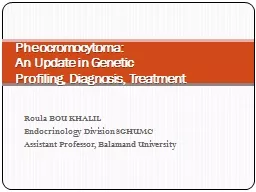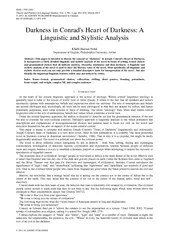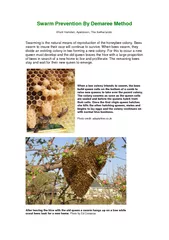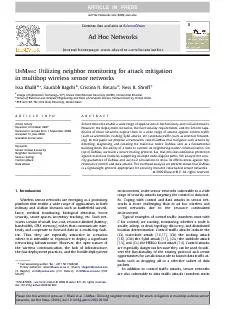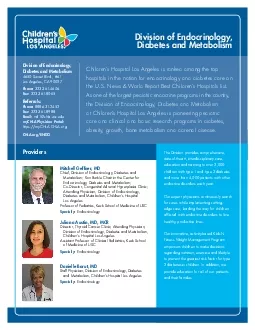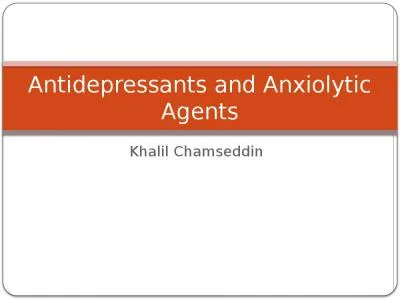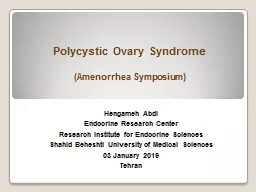PPT-Roula BOU KHALIL Endocrinology Division SGHUMC
Author : violet | Published Date : 2022-06-07
Assistant Professor Balamand University Pheocromocytoma An Update in Genetic Profiling Diagnosis Treatment OUTLINE Overview Epidemiology Updates in Genetics
Presentation Embed Code
Download Presentation
Download Presentation The PPT/PDF document "Roula BOU KHALIL Endocrinology Division..." is the property of its rightful owner. Permission is granted to download and print the materials on this website for personal, non-commercial use only, and to display it on your personal computer provided you do not modify the materials and that you retain all copyright notices contained in the materials. By downloading content from our website, you accept the terms of this agreement.
Roula BOU KHALIL Endocrinology Division SGHUMC: Transcript
Download Rules Of Document
"Roula BOU KHALIL Endocrinology Division SGHUMC"The content belongs to its owner. You may download and print it for personal use, without modification, and keep all copyright notices. By downloading, you agree to these terms.
Related Documents

